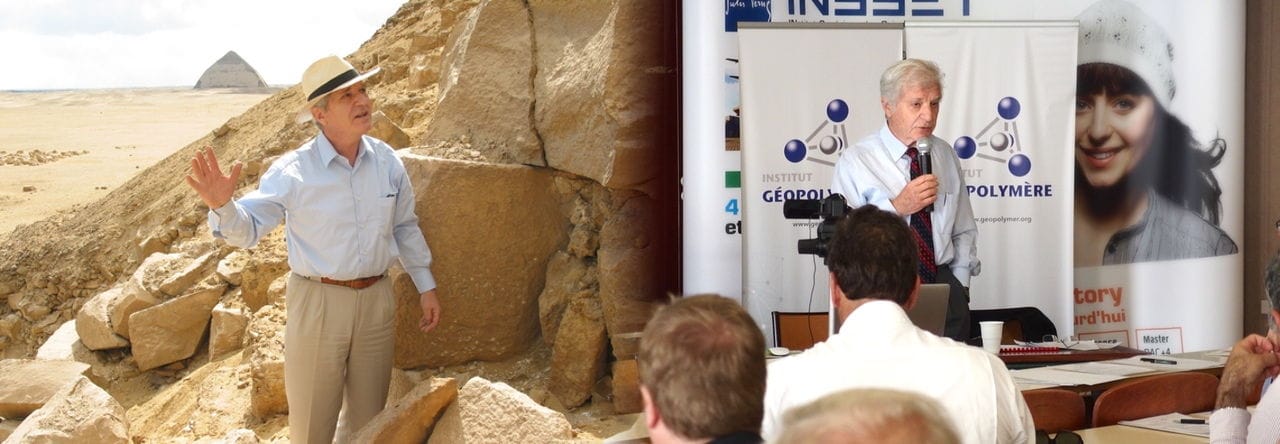2nd International Conference on Chemistry and its Applications, December 7-10, 2003, Doha, Qatar.
Today is Monday December 8, 2003, 9 am, at the University of Doha, Qatar, a wealthy small country located at the North-East of Saudi Arabia, on the Persian Gulf. I am attending the 2nd International Conference on Chemistry and its Applications. More than 350 scientists from the Arab countries attend this congress. They come from the Persian Gulf (Qatar, United Arab Emirates, Bahrain), Iran, Iraq (although the country is in war), Saudi-Arabia, Jordan, Egypt, Tunisia, Algeria, and Morocco. The conference language is English. I am a member of its International Scientific Committee, involving fifteen renown scientists, among us three Nobel laureates. I shall present two lectures. One, on geopolymer chemistry, is programmed for tomorrow morning. It is the second, on the construction of the Egyptian pyramids with agglomerated stone (a type of natural concrete) that the organizers decided to include at the beginning of the congress, today. The conference room is full; it was necessary to add chairs. At the end of my 45 minutes presentation, after the traditional questions, a woman in large black veil, sitting in the back of the room, rises and declares: What has just exposed Professor Davidovits is the truth, because it is written in the Koran.
My interlocutor is a scientist, professor of chemistry at the University of Doha. She continues by quoting Surah 28, verse 38, this time in Arabic language, so that the listeners understand her message. Here the translation in English:
38 Pharaoh said: “O chiefs! I do not know of any god for you besides myself; therefore, O Haman, light me (materials) out of clay, and build me a lofty tower, that I may mount up to the god of Moses: but as far as I am concerned I think (Moses) is a liar!”
For our Muslim chemist, it seemed obvious that the Egyptian scientist Haman knew the secret of agglomerated stone. The tower that Pharaoh asks him to build would be a pyramid. The stones would have been agglomerated with geological glue, a geopolymer, involving a chemical reaction with clay. For others, this verse could refer to the Tower of Babel built out of bricks, of raw or fired clay. However, we know that the Tower of Babel was erected in Babylon, Mesopotamia, not in Egypt. In that case, pharaoh’s tower would be a pyramid. The discussion was open. For the first time however, these Muslim scientists discovered that the sacred texts could contain technological, even scientific, information.
See also my recent Book: Why the pharaohs built the Pyramids with fake stones (2009).
 In English
In English En Français
En Français